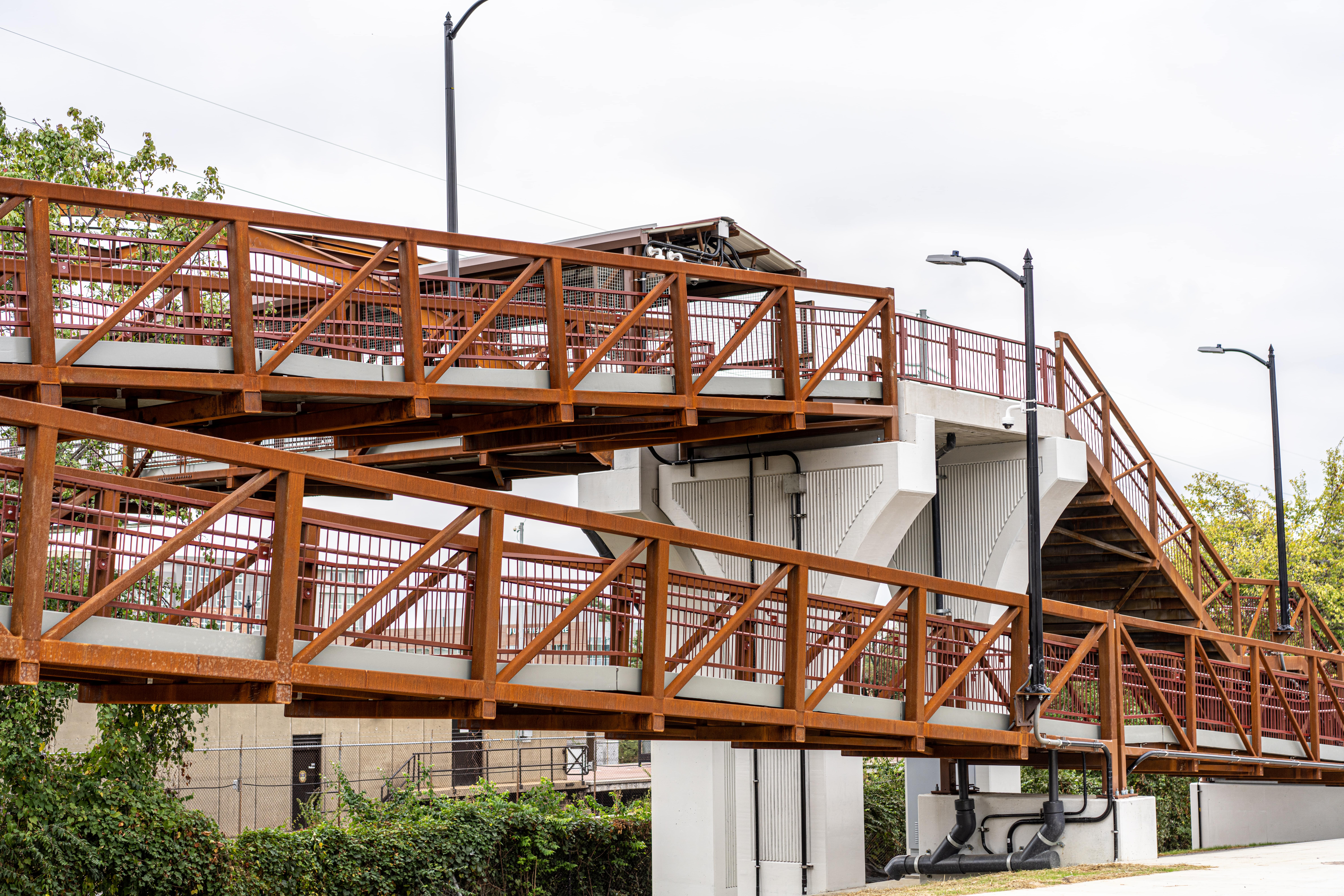When choosing a construction material for your infrastructure project, the typical options include reinforced concrete, steel, or wood. As an engineer, it is your responsibility to select the proper material that will get the job done while minimizing the cost and time involved in the project.
Although the traditional materials we mentioned previously can do the job, they tend to lack durability and longevity. For example, concrete—as a porous material—absorbs greater amounts of water, leading to the formation of rust in steel reinforcements and deterioration of the concrete surface. These effects often result in bridge owners paying significant amounts of money for repair and replacement operations, typical user functions being disrupted, and engineering teams having to build a structure.
Fiber reinforced polymer (FRP) materials serve as a more durable, cost-effective alternative to traditional construction material. The following article explores how FRP weighs up against the usual materials in terms of installation, lifetime cost, long-term durability, and design flexibility and outlines some of the FRP products provided by Composite Advantage.
Advantages of FRP
In infrastructure projects, FRP construction materials offer a number of advantages, including:
- Corrosion resistance. When exposed to environmental and operational compounds—such as snow, ice, salt, or deicing chemicals—FRP decking does not degrade or corrode.
- Little to no maintenance. FRP products have a service life of approximately 100 years and require virtually no maintenance throughout that time frame. On the other hand, comparable reinforced concrete surfaces usually start to degrade after 15–20 years or sooner when exposed to harsh weather conditions or corrosive chemicals.
- Cost-effectiveness. Despite the larger initial investment required for FRP products, their durability and minimal maintenance requirements generally result in them costing less than traditional materials over time.
FRP Solutions From Composite Advantage
At Composite Advantage, we offer a line of FiberSPAN products suitable for use in a wide range of infrastructure projects. These products feature resistance to water and chemical corrosion, minimizing the need for maintenance and maximizing the longevity of the structures that employ it. Applications for FiberSPAN include reconstruction or restoration of existing concrete sidewalks or construction of entirely new pedestrian and bicycle walkways.
Our FiberSPAN product offerings include:
- FiberSPAN FRP bridge systems. These prefabricated bridge elements have an expected lifespan of 100 years and require less maintenance than comparable metal and concrete bridges. Products are applicable to vehicle bridges, pedestrian bridges and cantilever sidewalks.
- FiberSPAN-R FRP composite rail platforms. These lightweight panels allow for the construction of durable, corrosion resistant structures at train stations that can withstand exposure to deicing chemicals, weather, and high foot traffic.
- FiberPILE. This composite product is constructed using high-strength, directional fiberglass materials along with a resin system formulated to withstand corrosive environments. This combination of materials produces a maintenance-free piling product suitable for protecting structures from ship and barge impacts.
Contact Composite Advantage Today
Composite Advantage is a leading provider of FRP infrastructure products for bridges, railway platforms, and waterfront infrastructure. One of our core principles is innovation, as we are always bringing new products to the infrastructure market, such as FRP decking material.
The demand for longer-lasting, corrosion resistant construction materials for vehicle and pedestrian bridges resulted in the utilization of FRP in 1996. By 2000, Composite Advantage personnel started working with FRP decking as part of an Ohio-based program that called for the installation of 15 FRP decks on vehicle bridges. In 2006, we began manufacturing FRP decks for pedestrian and vehicle bridges.
Since its first deployment in infrastructure projects over two decades ago, FRP composite decking material has found application in a wide range of structures nationally and internationally. For more information on the advantages of FRP, download our FRP infographic or contact us today.
